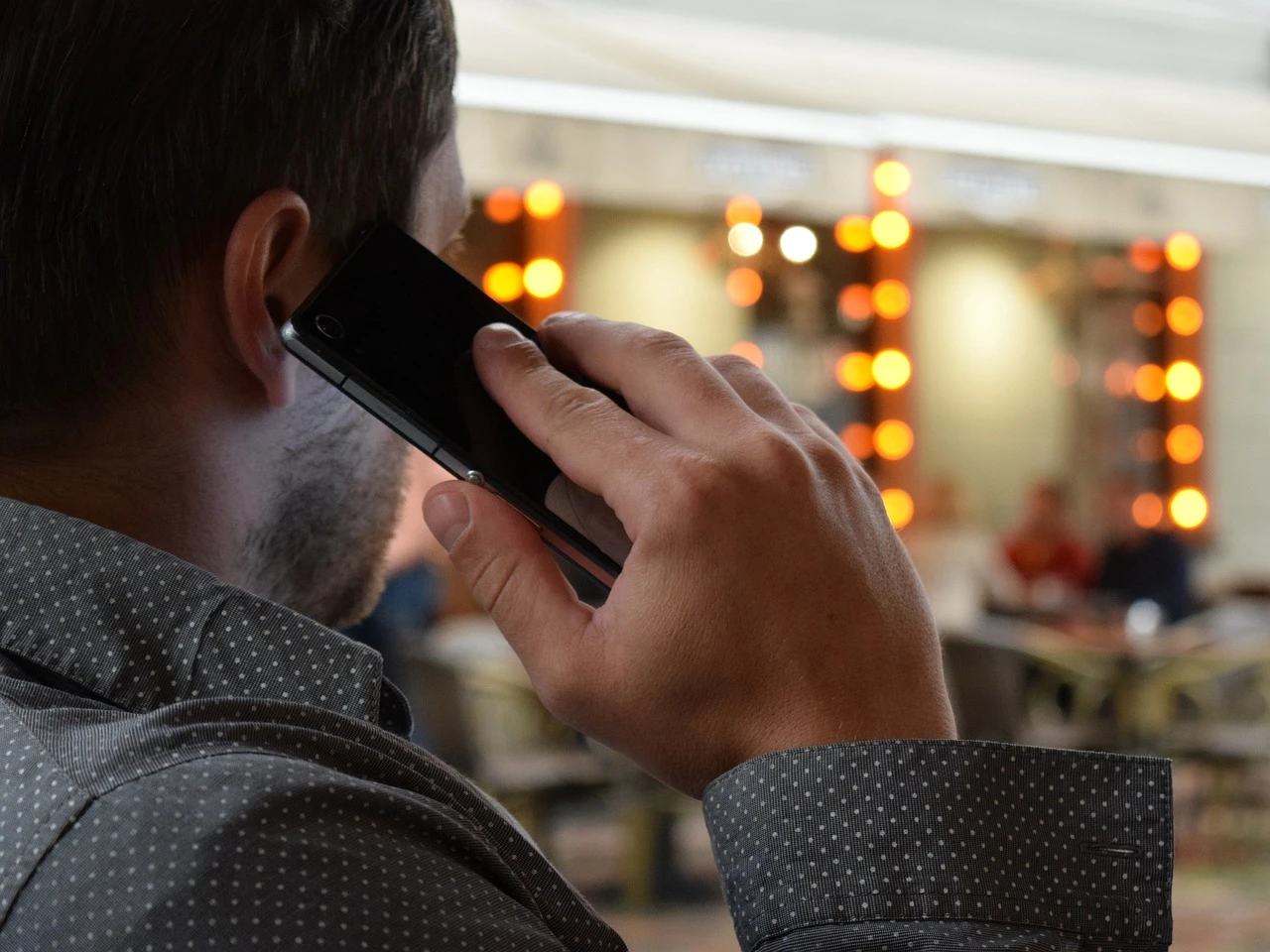GambleAware reports 12% rise in National Gambling Support Network clients

Published this week, the charity’s latest Annual Statistics from the National Support Network (Great Britain) details the performance of the NGSN. This report features data from the 12 months from 1 April 2023 to 31 March 2024.
The NGSN is commissioned by GambleAware and provides free, confidential treatment and support services for gambling harm. It collaborates with the NHS and other third sector organisations to deliver support and treatment.
The report found that 10,754 people accessed the NGSN during the period. This covers treatment across the three tiers of the network, which this year featured Tier 2 initial early intervention for the first time.
Some 3,291 people accessed Tier 2 support in relation to their gambling behaviour. This may involve speaking to a trained professional from one of the NGSN’s regional or national services. GambleAware noted that 3,048 people who had an early intervention went on to receive further treatment.
A further 6,931 people were given Tier 3 support during the reporting period. This type of treatment includes both one-to-one and group support, as well as cognitive behavioural therapy (CBT).
In addition, 532 people received Tier 4 treatment, the most specialised and intensive level of care from the NGSN. This sees the person in question spend time at a residential treatment centre.
More seeking support for other people’s behaviour
Of the 7,463 people who accessed Tier 3 or Tier 4 support and treatment, GambleAware said 70% identified as male and 90% were from a white ethnic background.
Three-quarters of all clients were aged 45 or under, with the most popular age groups being 30-34 and 35-39. Each of these age groups accounted for 38% of total Tier 3 and Tier 4 clients.
The most common location for gambling was online, with 70% of clients gambling via that channel, while 35% said they gambled at retail bookmakers. Within these retail facilities, gaming machines were the most common gambling form at 23% ahead of sports betting at 11%.
It was also noted that 15% of clients were seeking help due to another person’s gambling. This is above the past five-year average of 13%.
Other findings include that 89% of users were classed as experiencing problem gambling under the Problem Gambling Severity Index (PGSI). GambleAware uses this to identify players who are or may be at risk of gambling harm.
On top of this, 66% of those surveyed in the report said they had experienced financial debt due to their behaviour. Some 11% have lost their job as a result of gambling and 24% had encountered relationship issues.
Most referrals (54%) to the NGSN were through the National Gambling Helpline, with 23% of those self-made.
GambleAware sees drop on those completing treatment
In terms of the success of the scheme, there was mixed news. Half of clients had their first appointment within six days of contact and 75% within a 12-day period.
Of those whose treatment ended within the reported period, 61% completed the full treatment process. This is lower than the five-year average of 68%. GambleAware also reports that 28% of those included in the report dropped out before their treatment ended.
However, for those who did complete treatment, improvements in PGSI were seen in 95% of clients. This is compared to 62% among those who dropped out of the scheme.
For those who completed NGSN treatment, the rate of problem gambling fell from 87% to 10% between initial assessment and treatment ending. Also within this group, those experiencing a moderate level of psychological distress fell from 49% to 10%, with severe psychological distress rate down from 11.5% to 0.7%.
GambleAware talks up early intervention impact
Commenting on the new report, Anna Hargrave chief commission and strategy officer at GambleAware, said it is clear early intervention is key in helping players access treatment further down the road.
“Not only have we reached more people, but we have also been able to identify and support people at a much earlier stage and that is part of the reason why we have seen an increase in people receiving treatment and support,” Hargrave said.
Hargrave also said she welcomed the new statutory levy which will be placed on the sector, something that was announced today (27 November) by the government. The government aims to raise £100 million to support treatment and prevention of gambling harm. These funds will support GambleAware and the NGSN.
“We look forward to the introduction of the statutory levy on gambling operators and the future gambling harms commissioning system,” she said. “We will continue to work in partnership with all those in the sector including the NHS.”
